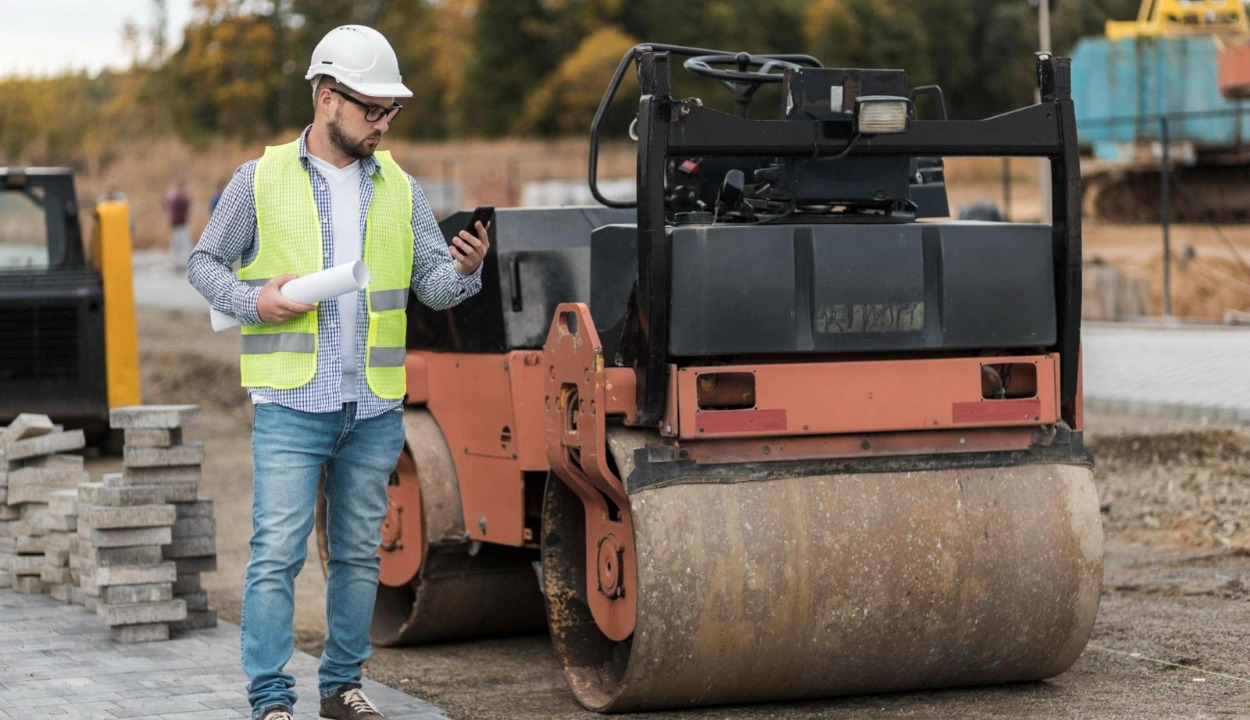Integrating Construction Management Software with Existing Systems: 101 Overview
In construction, staying ahead means embracing technology and integrating new systems into existing ones.
This means looking for a construction management system that fits your needs and requirements and how you can seamlessly integrate it into your existing systems.
Integrating a new construction management system not only helps streamline processes but is also effective in enhancing efficiency and providing better project outcomes.
Let’s briefly examine why you should integrate construction management software with your existing systems, the best practices, and the overall benefits of the integration.
Why is Construction Software Integration Important?

When managing a construction project, you need everything to be synchronized across various operations, including tracking assets, equipment maintenance, and management.
Here are a few key reasons to integrate construction management software with your existing systems.
Smoother Data Flows
Integration of a construction management system ensures that data and processes flow smoothly between different systems.
Since all data is centralized in a particular area, it is easy to access, manage, and share it within different systems.
Reduction of Manual Errors
Construction software reduces project reporting times by up to 80%.
It helps reduce manual errors and redundant tasks that take too much time.
Since all the processes are now digitalized, you don’t need to worry about any errors occurring within the system.
This helps you get more accurate data, which can help you reduce any duplicate and redundant tasks.
Centralization of Data
With a construction management system, you can centralize data, which helps create smoother communication among teams.
An integrated system like a construction management system provides real-time data, which is helpful in decision-making processes.
Since all the data is available in one place, it is easier to access and use.
Reviewing and Monitoring Assets
Integration of construction management systems is helpful for stakeholders as it provides real-time data and allows them to monitor the projects' progress.
Project managers and teams can efficiently work together, no matter what area they are in.
Since integrated systems are cloud-based, you can easily access data from anywhere while working remotely.
Company Growth and Cost Cutdowns
Integrated systems are designed with scalability in mind.
They can easily grow with your company, which is great because as your business grows, your integrated system will grow with you.
Although they are an investment, construction management systems can help reduce costs over time by eliminating standalone systems.
What are Some Best Practices for Successfully Integrating Construction Software into your Processes?

The global construction software market is expected to grow at a 9.8% CAGR from 2020 to 2027.
If these stats mean anything to you, you know the importance of integrating construction software into your systems.
Integrating construction management software into existing systems requires time, effort, and careful planning.
One wrong move can cause your whole plan to crumble.
Here are some best practices to help you integrate construction management software with your systems effectively.
Set Clear Integration Goals and Needs
Start by defining what you need the construction management system to do.
Set clear objectives that align with your team's and stakeholders' needs.
Whether managing equipment, tracking assets, or scheduling maintenance activities, have a clear goal for what you want to accomplish with the system.
Having clear goals can help you plan out what features you require from a system and how integrating it will solve any problems you currently face with your existing system.
Check Software Compatibility and Flexibility
Compatibility is important when selecting the right construction management system for your company.
You want software that offers multiple integrations and can be easily installed into your existing systems.
Before settling on a system, look for demos or free trials.
These allow you to access and test the service with your system before committing to it.
Develop and Execute an Integration Plan
Create a detailed plan that outlines the responsibilities, outcomes, and milestones.
This allows you to have an oversight into the progress of the integration.
Start small and execute the plan on a small scale to test for bugs or system malfunctions.
Contact the provider team immediately if any issues arise.
Executing in a test environment can ensure that the system is properly working and can withstand the load of work provided.
Provide Training and Foster Team Communication
Adopting new technology within a company can be challenging since employees are comfortable working on their existing systems.
To combat this, as a project manager, you must ensure that the company fosters a culture of learning and development.
Once the system has been integrated and tested, the central personnel should be trained on the software to effectively train their teams.
Leave the doors to communication open.
If anyone has queries or feedback, be ready to answer them accordingly.
Never leave your employee confused, as it can lead to future errors.
Review and Measure Integration Success
You must regularly monitor and track the success of the integration.
It is not a once-and-done kind of operation.
Regular monitoring ensures that you have oversight of your project's progress and helps you identify areas for improvement.
You can use the learning gathered through monitoring to create a more cohesive plan for the future.
Most construction management software, like Clue, provides reports and analytics that offer helpful insights into the project and actively identify problem areas.
Final thoughts
To successfully integrate construction equipment management software into your existing system, you must carefully plan every detail, keep communication lines open, and, most importantly, be committed to continuous improvement.
Using best practices and proactively addressing any issues, you can easily implement construction management software into your systems and reap the benefits.
FAQs
How do I choose the right construction management software for my company?
You can choose the right construction management software for your company by identifying its needs. Once you know these, you can start researching. Start with the type of software you want, including its pricing, scalability, and features. Once you have selected a software, look at its reviews online to see what others say about it.
What is construction project management software?
Construction project management software is designed to help project managers streamline their projects and ensure they are completed on time and within budget. This type of software digitally connects data, people, and equipment.
What challenges are involved in integrating construction management software?
The main challenges you might face when integrating construction management software are compatibility issues and resistance. To combat compatibility issues, you can opt for a demo or free trial of the software to see if it fits your system. Training and encouraging communication are great ways to combat resistance from employees.
Can construction management software integrate with mobile devices?
Yes, many construction management software solutions offer mobile applications that allow field workers to access project information, submit reports, and communicate with the team on-site.
Transform Your Equipment Management












